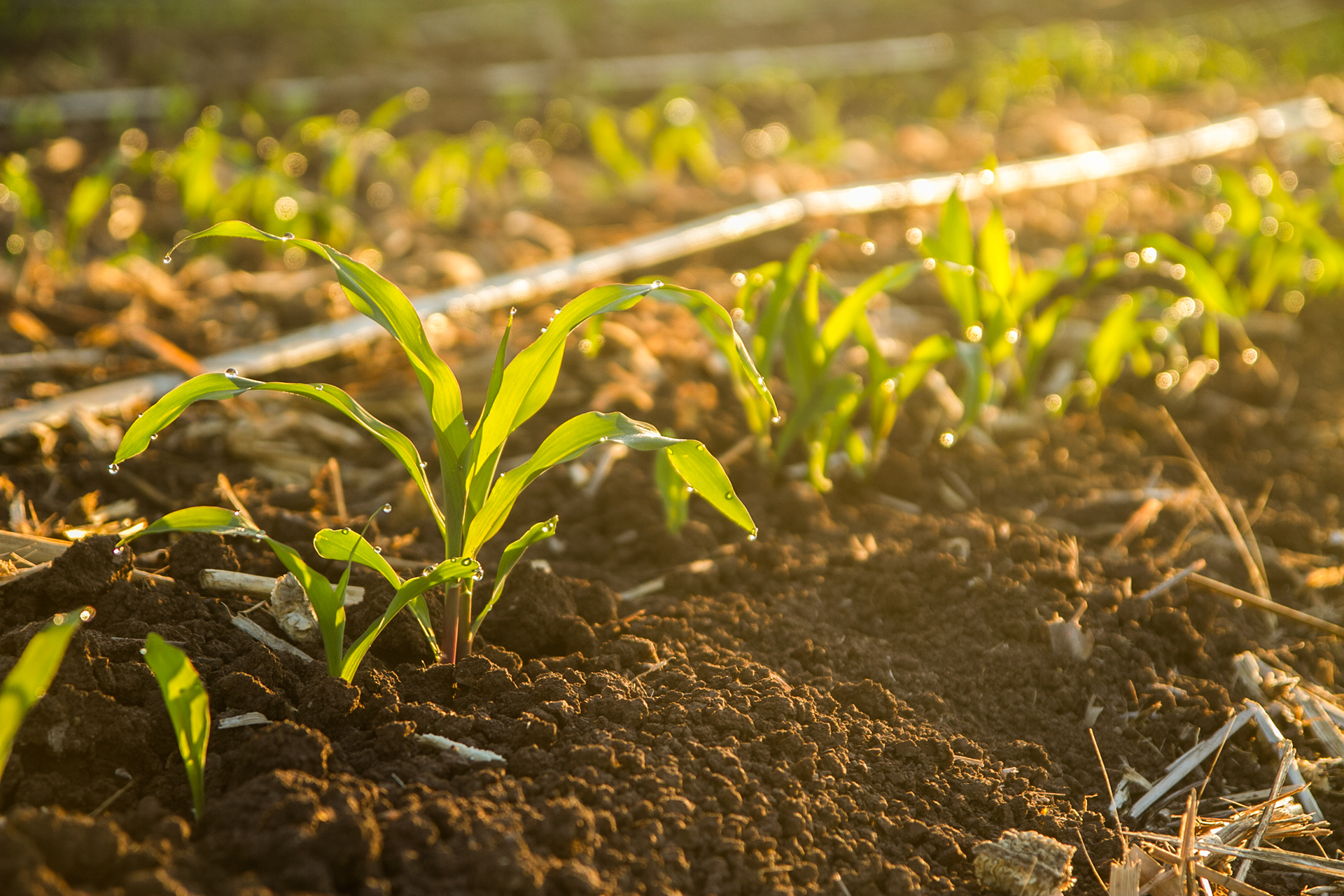• After the sharp increase in the first quarter of 2024, South Africa’s agricultural exports fell slightly on a year-on-year (y/y) basis in the second quarter. According to data from Trade Map, the country’s agricultural exports were at US$3,37 billion in the second quarter, a 0,1% decline relative to the same period last year. This comes after growth of 6% y/y in the first quarter of the year. The slight decrease
in the second quarter reflects the moderation in the prices of some agricultural products and the decline in the volumes. The top exported products by value include citrus, apples and pears, maize, wine, dates, pineapples, avocados, sugar, grapes, fruit juices, nuts, and wool.
• Notably, while the value of the exports is down mildly from the second quarter of 2023, the efficiency at the ports this year was arguably much better than what the stakeholders experienced in 2023. This again shows that the decline in export value is largely due to lower prices of some commodities and a decline in volumes after a challenging domestic production environment, specifically in grains and oilseed.
• From a regional perspective, the African continent maintained the lion’s share of South Africa’s agricultural exports, accounting for 42% of the total value. The products leading the exports list in the African continent were maize, maize meal, sugar, apples and pears, wheat, soybean oil, fruit juices, ciders and wine, amongst other products. As a collective, Asia and the Middle East were the second-largest
agricultural market, accounting for 21% of the share in overall agricultural exports in Q2 2024. The exports to this region were mainly citrus, apples and pears, wool, nuts, sugar, beef, sheep and goat meat, berries, wine, and maize.
• The EU was South Africa’s third-largest agricultural market, with a share of 19%. Citrus, dates, avocados, figs, mangos, guavas, apples, pears, wine, grapes, fruit juices, wool, and nuts were amongst the primary agricultural products South Africa exported to the EU in the second quarter of 2024. The Americas region accounted for 6% of South Africa’s agricultural exports in the year’s second quarter. The main exported products include citrus, wine, fruit juices, grapes, apples, pears, and nuts. The rest of the world, including the United Kingdom, accounted for 12% of the exports.
• Of course, South Africa doesn’t engage in one-way trade. The country imports various agricultural products. In the second quarter of 2024, South Africa’s agricultural imports amounted to US$1,89 billion, up by 5% year-on-year, according to data from Trade Map. The uptick resulted from a slightly high volume of major products that South Africa imports, like wheat, palm oil, rice, and poultry. The major
products South Africa imported in the second quarter are similar to the country’s yearly imports.
• South Africa lacks favourable climatic conditions to grow rice and palm oil and thus relies on imports of these products. In the case of wheat, South Africa imports nearly half of the annual consumption.. In the Free State province, which used to be amongst the major wheat-growing regions of the country, production has declined notably over time because of the unfavourable weather conditions and
profitability challenges of wheat relative to other crops. Meanwhile, imports are around 20% of the annual domestic consumption of poultry.
• Subsequently, when we account for the exports and the imports, South Africa’s agriculture recorded a trade surplus of US$1,47 billion. This is down by 6% from the second quarter of 2023.

Exhibit 1: South Africa’s agricultural exports by region in Q2, 2024
Policy considerations
• While the exports have cooled off somewhat, these second-quarter trade figures remain encouraging. Beyond the quarterly activities, there are some policy considerations for South African policymakers to support this sector in its export growth ambition:
➢ South Africa should maintain focus on improving the logistical infrastructure efficiency and on the export market expansion mission for the agricultural sector. There is a need for increased investment in port and rail infrastructure and improving roads in farming towns.
➢ South Africa must work hard to retain the existing markets in the EU, the African continent, Asia, the Middle East, and the Americas. Importantly, in an increasingly divided and fragile world, South Africa must walk a careful path so that its foreign policy approach does not result in a negative trade policy response from its traditional trading partners.
➢ The Department of Trade, Industry and Competition, the Department of International Relations and Cooperation, and the Department of Agriculture should lead the way for export expansion in these agricultural strategic markets.
➢ Moreover, South Africa should expand market access to some of the key BRICS+ countries, such as China, India, and Saudia Arabia. Other strategic export markets for South Africa’s agricultural sector include South Korea, Japan, Vietnam, Taiwan, Mexico, the Philippines and Bangladesh. The private sector and the South African government share this ambition for export market expansion.
➢ The outcome of the 15th BRICS conference in agriculture also focused on deepening trade within the BRICS+ countries while retaining other markets outside this grouping. This was anchored on the emphasis for BRICS members to lower import tariffs and address SPS barriers hindering deeper trade within this grouping. This must remain on the agenda, and South Africa must work to persuade other BRICS+ members to prioritize resolving this trade-threatening issue.

Exhibit 2: South Africa’s agricultural exports
Source: Agbiz









